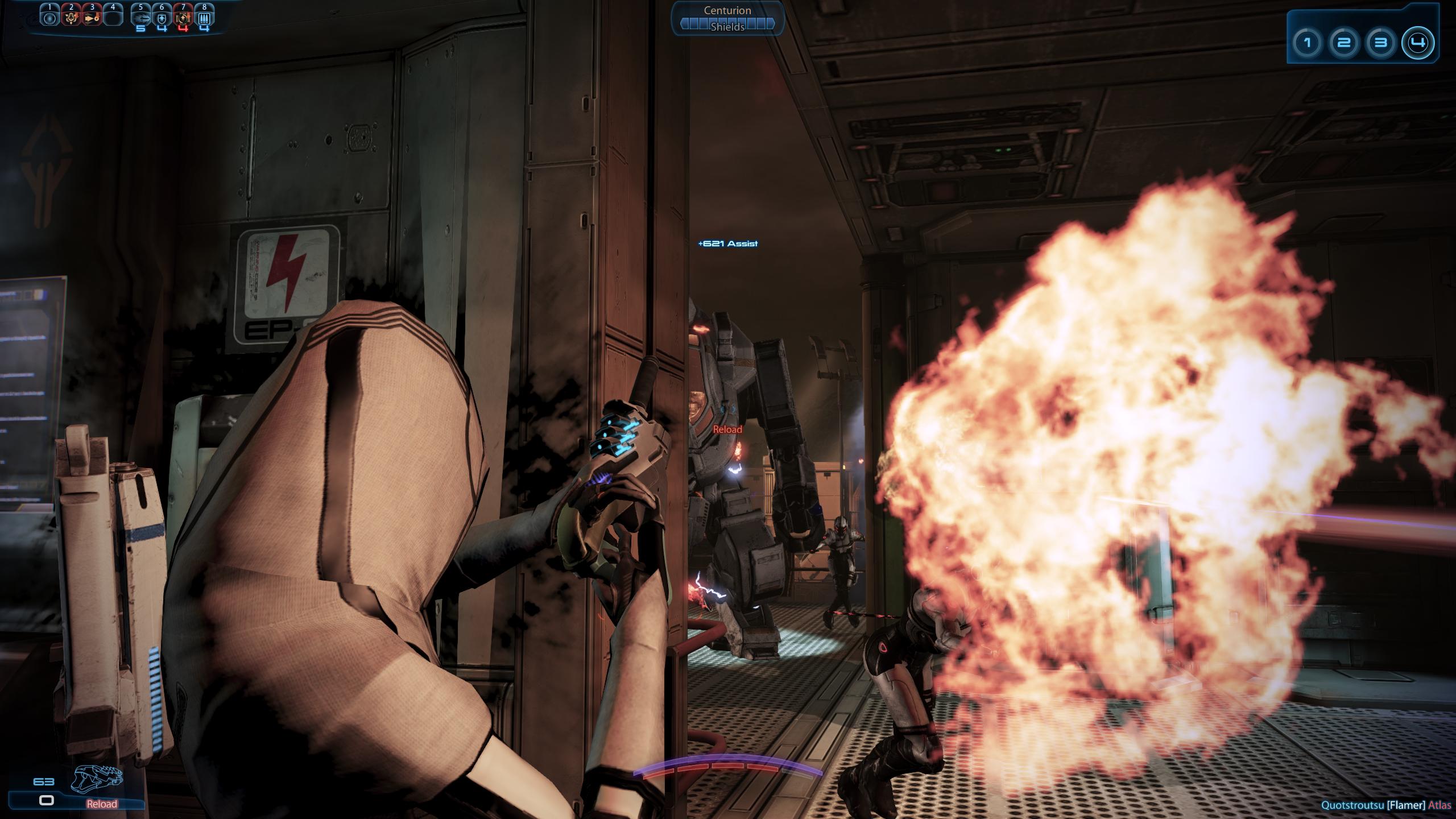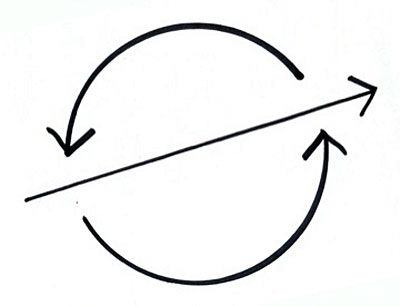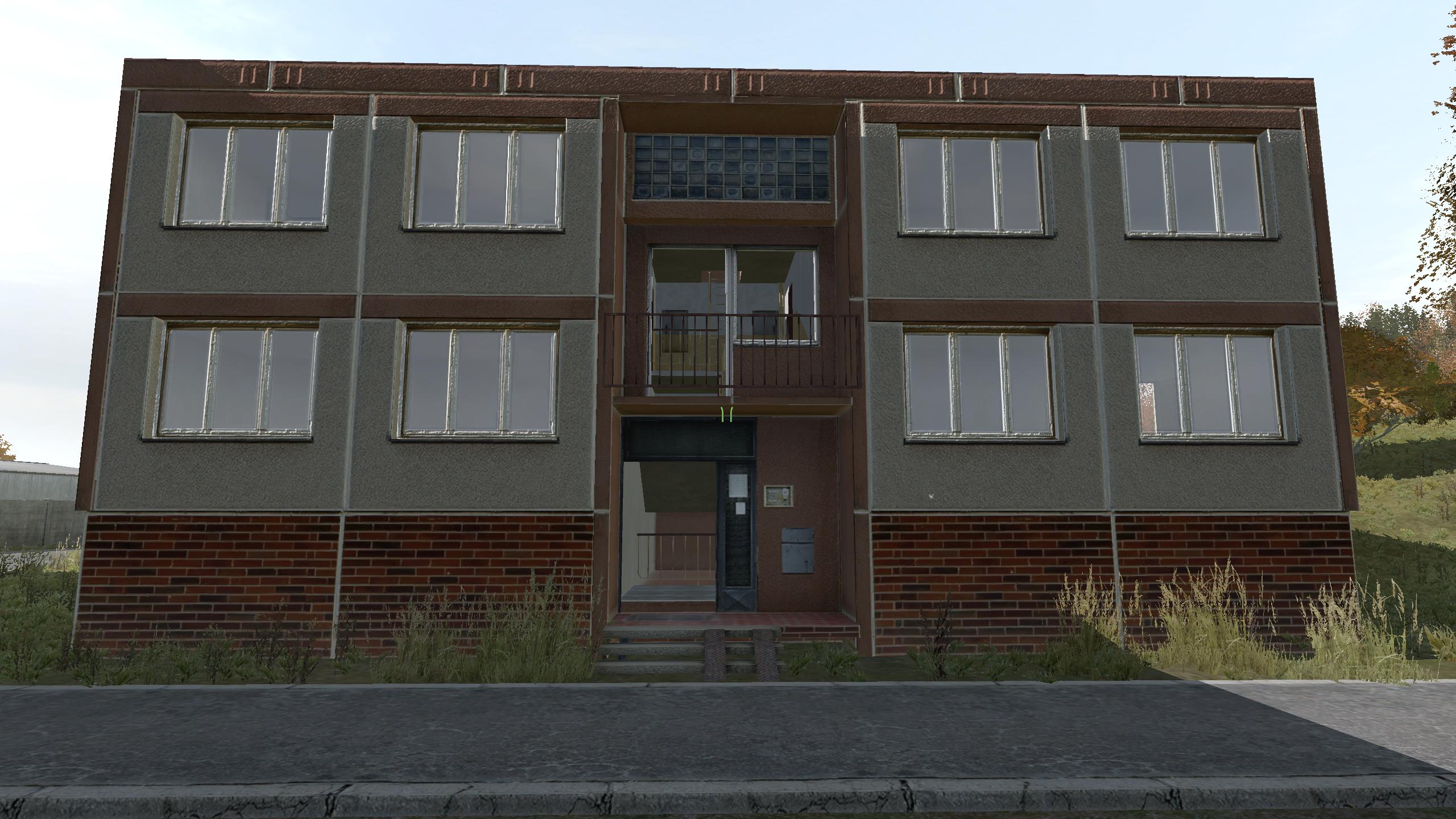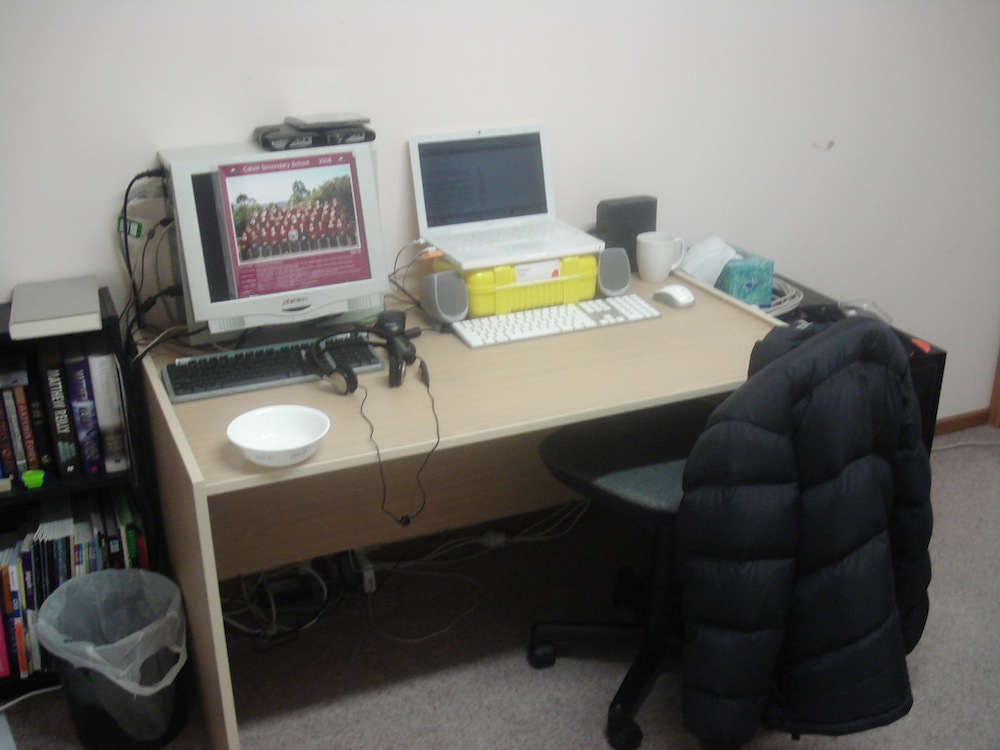I’m pretty sick of complete noobs trying to do Gold and Platinum difficulty in Mass Effect 3 Multiplayer and failing on early waves, so I thought I’d write a short guide on a few general tips and strategies. In no particular order…
- Be at least level 18 for Gold, level 20 for Platinum. Anything else and you’re asking for a bad time. You might not think too much of those extra points, but those tier 6 evolutions of your powers can make all the difference in the world.
-
For crying out loud, take gear and equipment. At the very least, take gear — that’s the square in the bottom right corner of the equipment screen, for those who have never done so (also, shame on you). Gear isn’t a consumable, so it lasts for more than just one game.
When you’re taking gear, take gear that will help out your character. If your character is a biotic/heavy pistol person, then take the Commando Package. If you’re a Krogan Warlord and like doing damage with melee and shotguns, take the Beserker Package. You’d think some of this stuff is common sense, but you’d be surprised… -
Equipment is also a must. You can get by without it, but you can do some pretty cool things with ammo and weapon bonuses, such as Warp ammo for increased Biotic damage on targets, or setting up biotic/tech combos with Disruptor ammo and Tech Burst, or Warp Ammo and Warp. Again, take ammo and weapon bonuses that complement your character.
The extra damage that some ammo bonuses applies helps out more than you’d think — 35% more damage is about twice as much damage as a maxed passive skill tree can afford you in terms of weapon damage, for example. -
Don’t waste your Medkits in the heat of battle. Mash that spacebar until the little line is almost gone, then use the Medkit — and only if the situation calls for it. I wouldn’t use a Medkit on Wave 1-5, because if you’ve flatlined and no-one revives you on those earlier waves, chances are you won’t make it to the later waves anyway. Might as well save that Medkit for when you actually need it.
Medkits are best used in a last-gasp, I’m-the-last-man-standing-and-it’s-the-last-enemy-on-wave-10 situtaions, where the difference between using a Medkit and not using the Medkit is winning the round, and not winning the round. If there’s no immediate danger around you, you might as well sit out that little countdown until your knight in shining armour comes to rescue you, or you bleed out.
There’s no dishonour in bleeding out, either — if it’s a particularly early wave, you really have nothing to lose (unless you’re carrying the team, which is a different kettle of fish). -
Similarly, use those Cobra Missiles properly. Look, I hate Phantoms as much as you do, and as tempting as it is to pull out your launcher and blast that Phantom back to the depths of hell from whence it came… don’t. But two Phantoms? Maybe. Three Phantoms or more, though, and you’ll have to get in line. Try not to waste those missiles on a single enemy of any kind — like Medkits, they’re best used in a oh-crap-everyone-is-down-right-next-to-me-and-there’s-two-Brutes-here-with-two-Banshees-on-the-way kind of a situation. In those kinds of cases, go nuts.
Oh, and it’s generally a good idea to aim your missiles at the ground. Many a person has been mocked in-game because their woefully-aimed Missile missed the group of three Banshees and sailed clear off the map — get close, aim your Missile at the ground, and watch those suckers drop. The splash damage on the Missile is around 3-4m, and anything within a 2 meter radius is dead, so there’s no reason you shouldn’t be aiming at the ground — long range missile launchers? Generally a bad idea for the same reason that you might miss (unless you’re planning for the missile to hit a wall or something, but the invisible walls and whatnot might put a spanner in that particular plan).
That’s pretty much it. Your own gear/loadouts/characters will determine how effective these few tips are, but they should work for pretty much everyone. If you don’t have any Medkits or Missiles, then what I like to do with the Store is save up all my credits until I’m done playing for the night/day/whatever, then buy all the 99000 credit packs I want, leaving the last set of 99,000 credits for three Jumbo Equipment Packs, which replenishes my stores of Cobras/Medkits as well as ammo/weapon bonuses.





